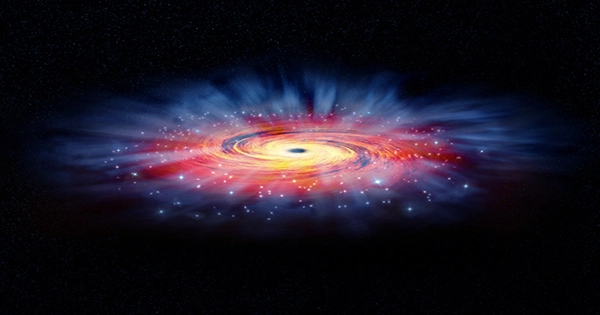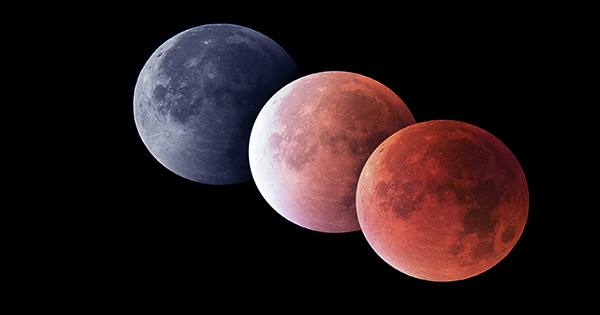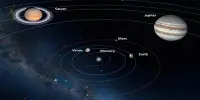The great majority of black holes we have seen fall into one of two categories. They are either stellar in size, weighing a few tens of times the mass of our Sun, or supermassive, weighing millions, if not billions, of times the mass of our Sun. The intermediate-mass black holes, which sit squarely in the middle, remain an elusive class. This group has a few members, the most recent of which has been detected in the nearby Andromeda galaxy. It was discovered in the B023-G078 cluster of stars and has a mass of 100,000 times that of the Sun. In a dwarf galaxy, a black hole of similar size was recently identified.
B023-G078 was formerly thought to be a globular cluster orbiting the Andromeda Galaxy, but new evidence has changed that. Researchers argue that it could instead be a stripped core of a galaxy blasted apart by Andromeda in their paper published in The Astrophysical Journal. It has a total mass of more than 6 million times that of our Sun.

“I knew the B023-G078 object was one of Andromeda’s most enormous objects and suspected it could be a stripped nucleus candidate. However, we needed evidence to back it up. For years, we had tried to get more observations from various telescopes, but my applications were always rejected “In a statement, senior author Anil Seth, an associate professor of astronomy at the University of Utah, stated.
“The Gemini Observatory gave us the opportunity to examine the idea when we discovered a supermassive black hole within a stripped nucleus in 2014.” While the cluster of stars appears to be a globular cluster, there have been some suspicions that B023-G078 is concealing a lot of information about its true nature. Researchers looked at the mass distribution and chemical composition and discovered that it varied – typically, globular clusters form at the same time and are uniform, but this was not the case.
They also looked at how the stars moved in this bare core and discovered that they were traveling in an unusual way. They were orbiting a gigantic object that was confined to a limited area of space. “The stellar velocities we’re seeing provide us direct proof that there’s some sort of dark mass right at the center,” says lead scientist Renuka Pechetti of Liverpool John Moores University.
“The formation of large black holes by globular clusters is extremely difficult. If it’s in a stripped nucleus, though, a black hole must already exist as a remnant of the tiny galaxy that collided with the larger one.” This object’s discovery is a two-for-one astrophysics deal. Because all giant galaxies expand by cannibalizing smaller ones, stripped cores are unusual and provide insights into galaxy formation, and intermediate-mass black holes are similarly rare and may reveal how smaller galaxies evolve — and possibly how supermassive black holes became so big.
















